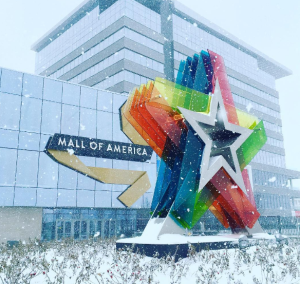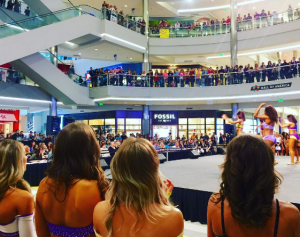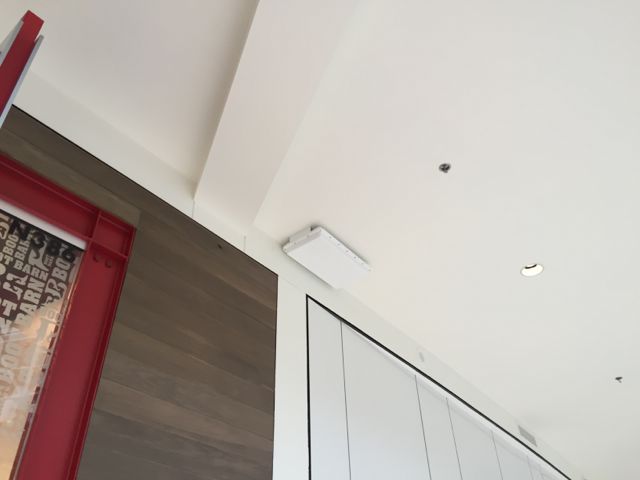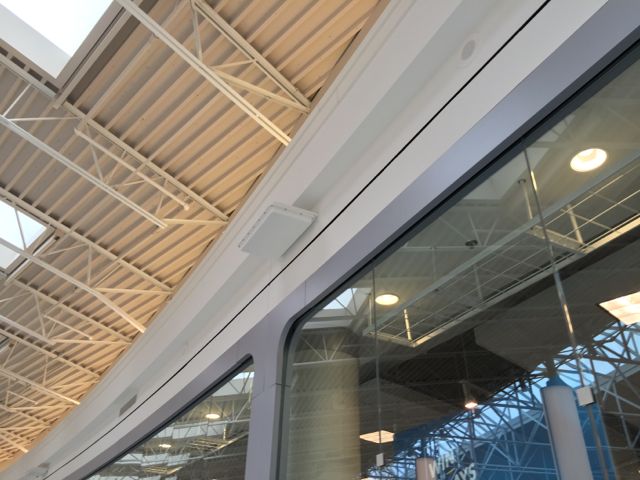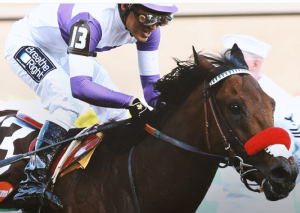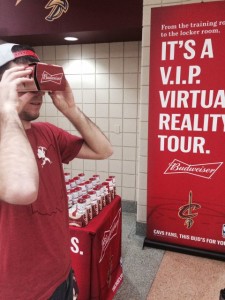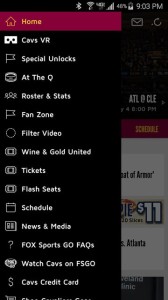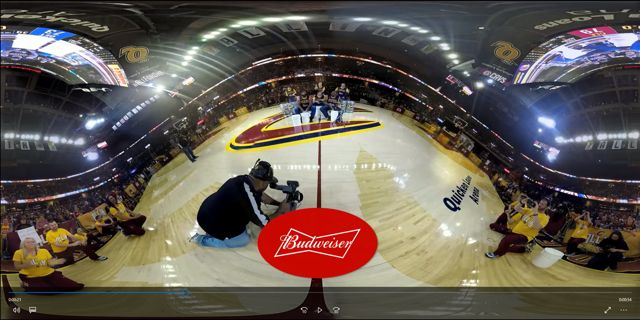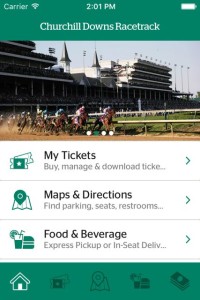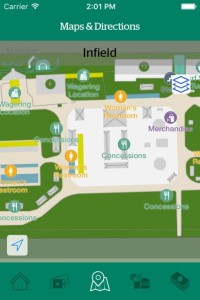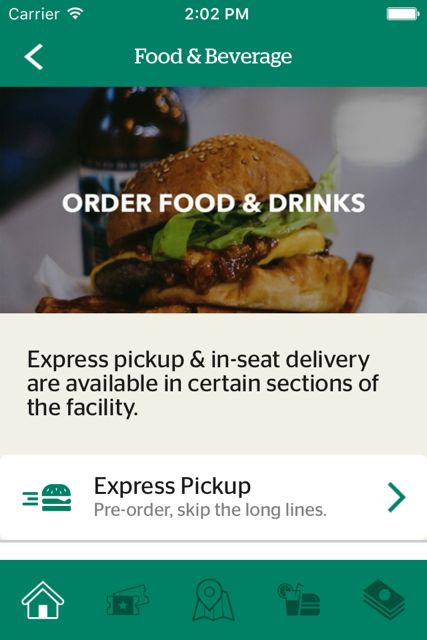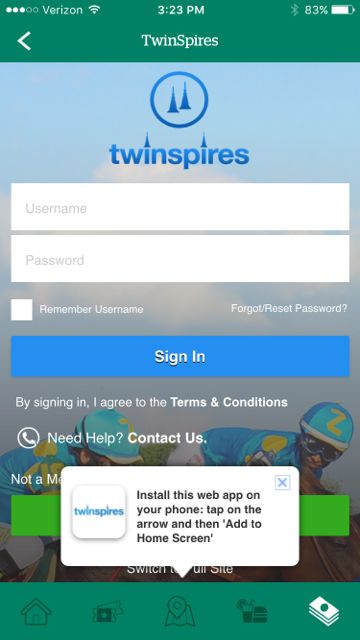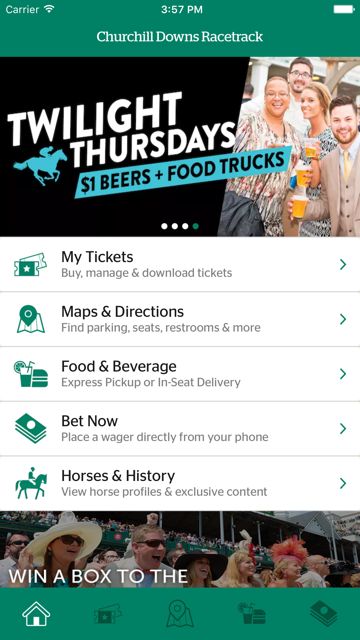More consolidation in the in-building wireless marketplace happened today with the announcement that Lisle, Ill.-based ExteNet Systems acquired Dallas-based Telecommunications Properties, Inc., (TPI) in a deal whose terms were not disclosed.
ExteNet, which runs DAS systems in many venues like Miami’s Marlins Park, was acquired itself last year by telecom investment group Digital Bridge Holdings and Stonepeak Partners in a deal that wound up being worth $1.4 billion. Since we haven’t heard from ExteNet yet it’s unclear if some of those funds went to acquire TPI, which among other clients runs the DAS at AT&T Stadium, as we found out when TPI’s president Jimmy Chiles posted a comment to one of our reports about AT&T Stadium.
From the sounds of the press release, not much will change on the TPI end except the company control and maybe the logo. From the release:
ExteNet will undertake maintenance operations responsibilities for all existing TPI networks. Properties and venues in TPI’s portfolio currently include Madison Square Garden, the LA Forum, AT&T Stadium (home of the Dallas Cowboys), the KFC YUM Arena and the Kentucky Exposition Center, among others.
More as we hear more…
